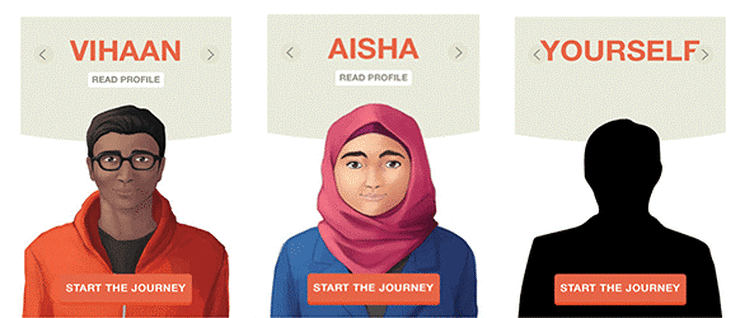|
|
|
In an age defined by hyper-visibility made possible by always-on digital media, brought to our fingertips by the smartphone, we are regularly fed images of (often extreme) racial violence. The circulation of the long eight minutes and forty-six seconds of George Floyd’s murder by Minneapolis police officer, Derek Chauvin, in May last year reinvigorated a movement across the Global North, against the disposability of Black lives. However, there is no simple way to untangle the dilemma that there is a seeming need to witness the death of a Black person to trigger a response. As LeRon Barton wrote, ‘watching Black men being beaten on video is the new lynching postcard.’
Despite the energy unleashed by the Black Lives Matter protests of 2020, it is not surprising that many antiracists remain sceptical about the lasting commitment of those momentarily inspired by the uprising. Will 2020’s #BLM moment be superseded by a return to scrolling through images of racial violence to which we seem increasingly immune? These questions animate my Identities article, ‘Looking as white: anti-racism apps, appearance and racialized embodiment’, which looks at mobile apps for reporting on and educating about racism. As mobile technology is such a part of our everyday experience, it can clearly be a powerful tool for pedagogy. This is the aim of one of these apps, the Australian-based Everyday Racism app. The app encourages ‘bystanders’ to learn about the experiences of people of colour and Aboriginal people who face racism in their daily lives. It uses gamification to deliver text and video messages to app users about these experiences in the aim of building empathy and encouraging what Australian racism researchers call ‘bystander antiracism’ (a strange appropriation of a concept used to describe those who stood by and did nothing during the Nazi deportation of the Jews).
The game is built around four characters that the user can play being: an Aboriginal man, a male Indian student, a hijab-wearing Muslim woman, and ‘Yourself’, a faceless, and hence raceless and genderless, avatar. Despite the ongoing colonial setting of Australia in which the app was developed and to which it is targeted, it does tell us who ‘Yourself’ is. Given that ‘bystander antiracism’ targets white people to take a stand against racism in public, ‘Yourself’ denotes an unproblematised whiteness.
The app makes the victims of racism hyper-visible, while those who benefit from the structures of racial whiteness – ‘Yourself’ – do not need to be seen. The Everyday racism app is a good example of what the psychoanalyst Derek Hook, building on the work of Frantz Fanon and Chabani Manganyi, calls the difference between ‘embodied absence’ and ‘disembodied presence’. The racialised characters in the app are embodied, but their thoughts, feelings and views about how to fight racism remain unknown. Meanwhile ‘Yourself’ is disembodied, but it is its opinions and agency that are sought. Under this vision, only whiteness can recognise, define and overturn racism. The app conceives antiracism as an individual moral conscience triggered into action by the consumption of the Other’s trauma. However, as Black and other racialised activists have been saying long before the advent of digital media and Black Lives Matter, or indeed the mobile app, witnessing violence and death can not only be disabling because we become inured to it, but it can also lead to the dehumanisation which racial logic produces. To conclude, an antiracism that fixates on the individual both as victim and as problem-solver is one which sidesteps the material conditions that produce colonial-racial rule in societies like Australia and elsewhere. With the lessons of last year's uprisings in mind, we should be wary of digital solutionism oriented towards the personal phone in one’s pocket and think together about whether and how mobile technology can be put to use in the collective aim of overturning global white supremacy as a system of exploitation and rule.
Blog post by Alana Lentin, Western Syndey University, Australia
Read the full article: Lentin, Alana. Looking as white: anti-racism apps, appearance and racialized embodiment. Identities: Global Studies in Culture and Power. DOI: 10.1080/1070289X.2019.1590026
0 Comments
Your comment will be posted after it is approved.
Leave a Reply. |
|
Explore Identities at tandfonline.com/GIDE |
|
The views and opinions expressed on The Identities Blog are solely those of the original blog post authors, and not of the journal, Taylor & Francis Group or the University of Glasgow.

